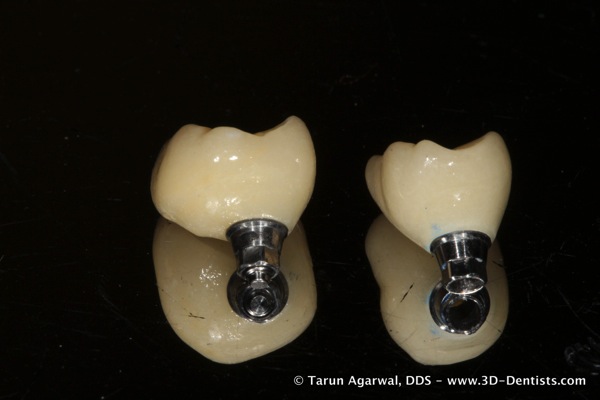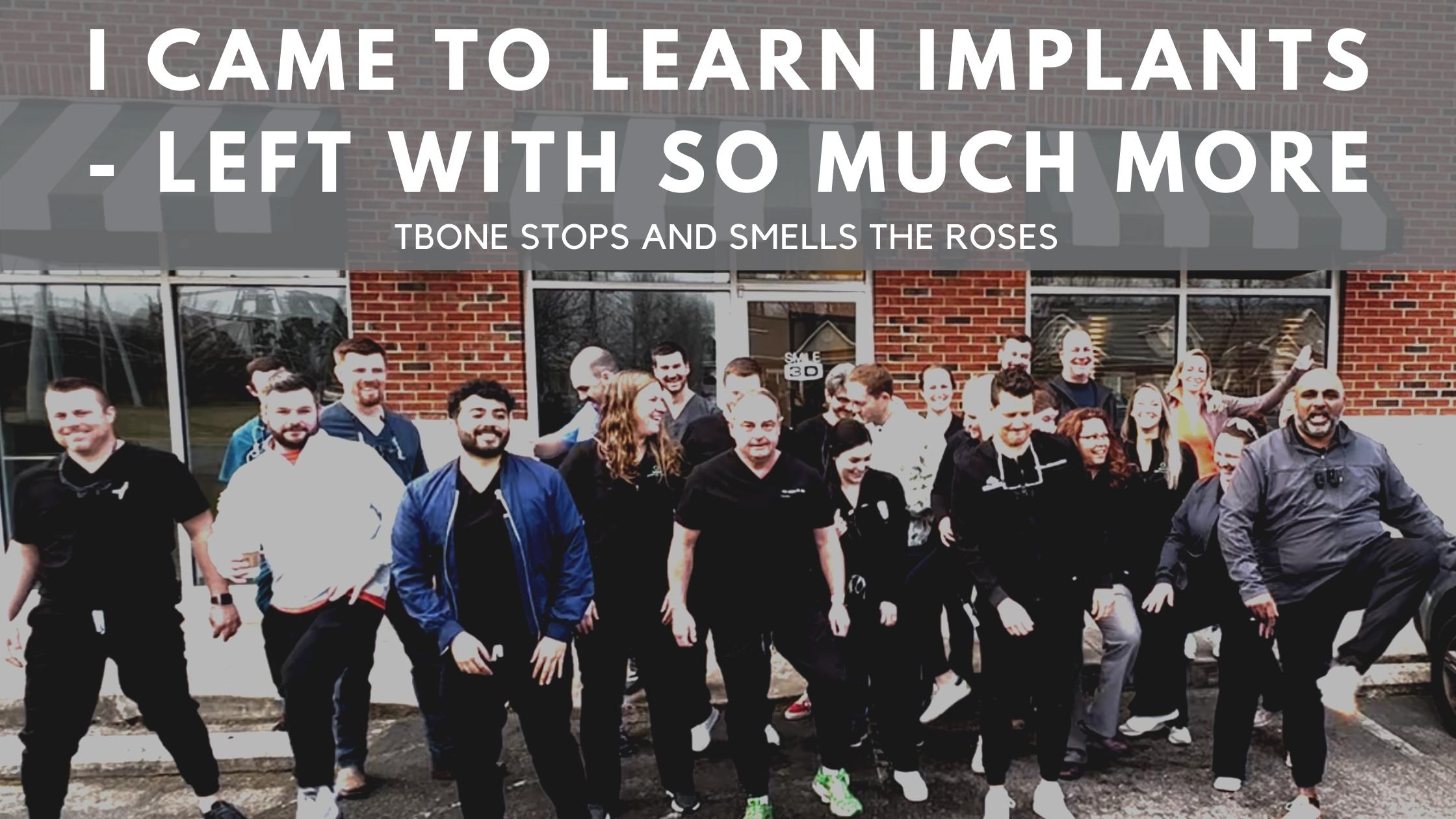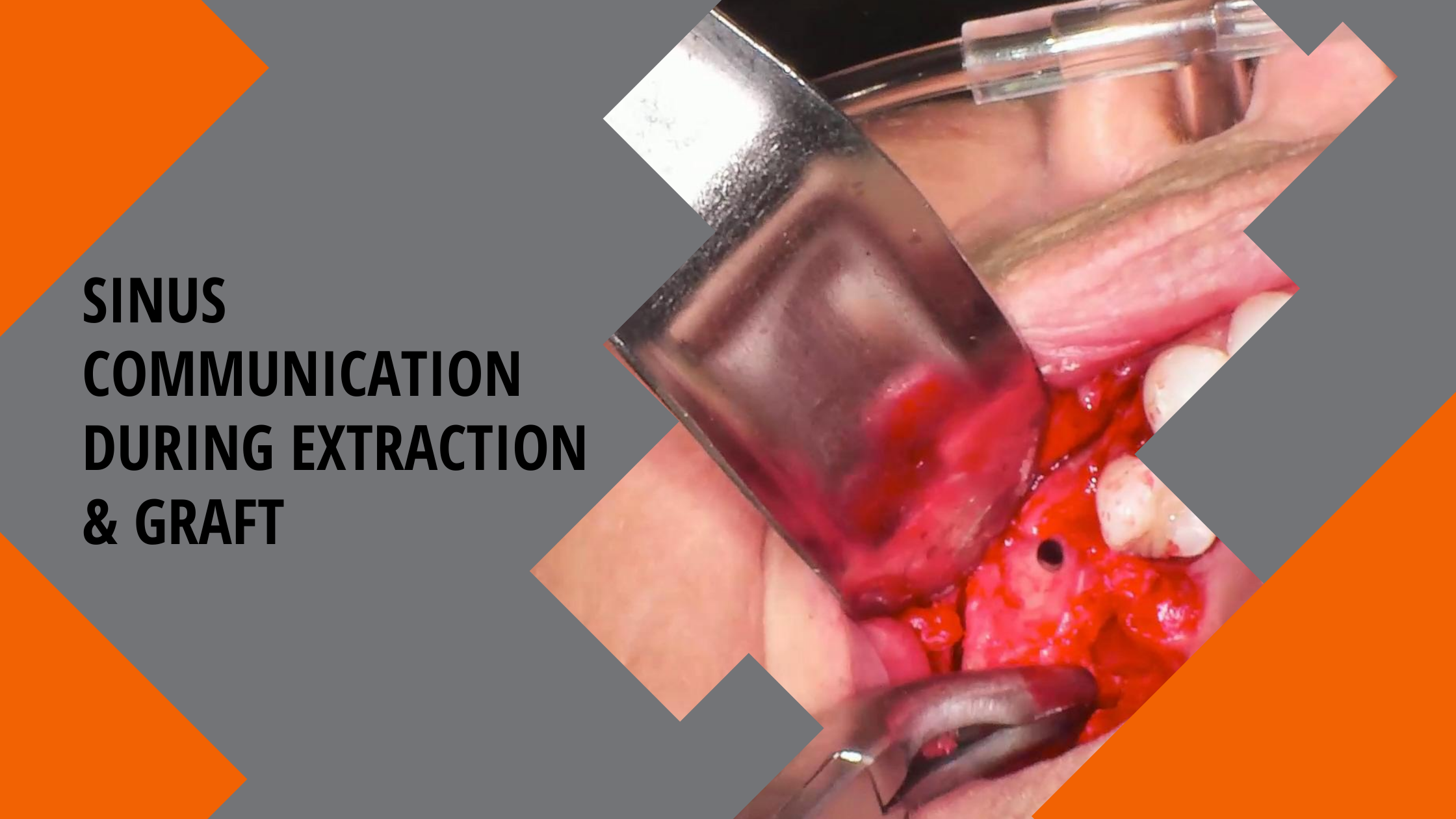The screw retained restoration is nothing new. However, the modern screw retained restoration has leveraged the economics and efficiency of CAD/CAM technology. This has led to a proliferation of ‘low cost’ and/or inexperienced laboratories providing this service.
When fundamental principles of implant restorations are ignored, it can lead to long term issues. Two of these critical fundamentals are emergence profile and cantilever forces. Emergence profile directly affects hygiene and keratinized tissue health. Cantiliver forces directly affect bone maintenance, abutment/screw loosening, and implant longevity.
Today, let’s review a case example that reviews both these issues.
Several years ago Juan came to my office with a chief concern of missing a lower left molar. His chewing was affected and he was also conscious about the looks of having a missing tooth. So we placed an implant fixture in site #19. We then restored with a screw retained ceramic restoration.
At the time, I was an infant in my understanding and journey of implant restorations. His restoration fit great and was delivered quickly. I gave myself a mental high five and celebrated how efficiently I completed his care.
Fast forward 12 months. Juan was in for hygiene recall. By this time I had completed many more restorations and had also been learning/understanding much more. Here is a picture of Juan’s restoration at this recall visit.

Quickly I realized that the emergence profile was quite over contoured. In fact, Juan had mentioned that he felt like he had a ‘marble’ in his mouth and that food would get trapped. I agreed to replace the restoration.
Other than hygiene there are two other issues with this case.
1. The over contoured emergence had thinned and ‘pushed’ apically the keratinized tissue. Having keratinized tissue around an implant is paramount to long term success and protection.
2. The restoration being too wide (bucco-lingually) also created a buccal cantilever force. The cusps being positioned so far to the buccal meant that every time Juan bit on the implant the buccal cusp forces were totally unsupported. This could mean crestal bone loss over time.
The restoration was remade with more idealized emergence and cusp placement. Here you can see the dramatic difference.

The old restoration (left) was removed and the new restoration (right) was delivered. The picture below quite clearly shows how the original emergence had ‘pushed’ the tissue apically.

Juan was asked to return about a month later for another evaluation of the tissue healing. Below is the picture of tissue formed around the new, more idealized restoration.

Whether you are working with a laboratory or doing the restorations yourself utilizing CEREC – it is important to understand and pay attention to restoration form and how it relates to implant longevity.
Hope you enjoy!






